We flew into Quito, another South American city sprawled along the floor of a high Andean valley, its city extending up the incline in all directions. It is the capital of Ecuador and sits at 2,850m in elevation. Within 24 hours of arriving, our first impression of Quito was that it was a place of such friendly people. From the customs officer who stamped us in with a warm welcome, to the friendly Uber driver, the helpful people at the supermarket and at the pharmacy, and the kind lady who stopped us in the street because we looked lost. The kindness of the people we met pervaded the week.
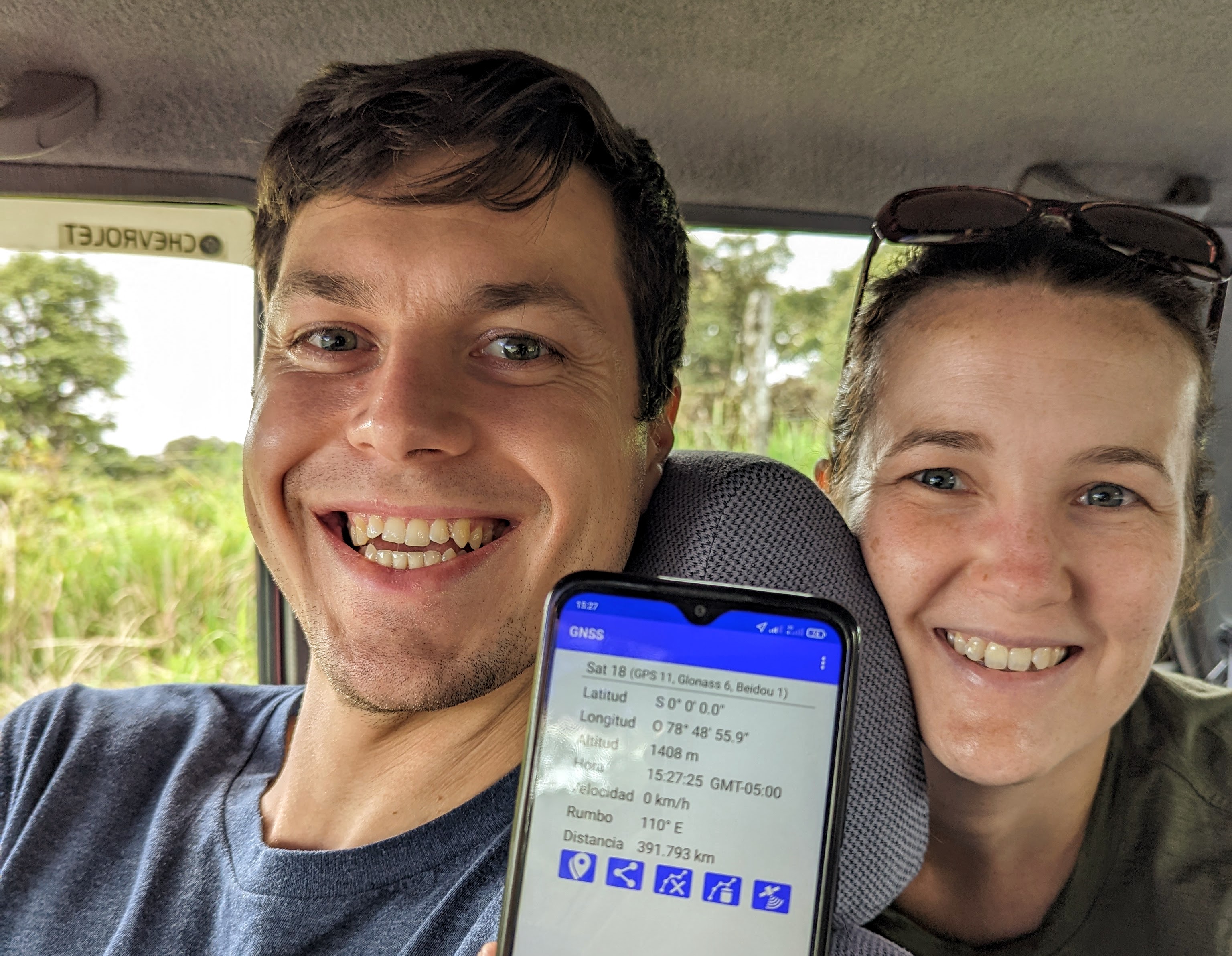
Getting a photo at latitude 0'0'' in Ecuador
At the airport, we met a solo French traveller who asked to share a taxi with us to the city, which is some 45 minutes from the airport. We had already ordered an Uber so we gave her a free ride to our accommodation. She had just come from the Galapagos and assured us that we would absolutely love it. Quito is a meeting place of people coming from, or going to, the Galapagos since you can only fly to the protected archipelago from mainland Ecuador.
The drive from the airport into the city was beautiful; the sun was setting over the mountains, dispersing an orange glow throughout the clouds, and as we drove up and around the mountainside, we caught glimpses of the sparkling city lights stretched out below.
We checked into our apartment and then went to find some dinner, donning our puffer jackets for the first time on the trip. Ecuador literally translates to ’equator’ - it is an equitorial country, but its elevated capital feels nothing like the tropics.
We found an obscure Chinese restaurant nearby. On approach, we could see that the menu was plastered all over the walls in Chinese and it was filled with Chinese families, so we entered with confidence and ordered far too much food for two. Our table was quickly filled with pork and chive dumplings, Sichuan spicy noodles, fried rice and Sichuan pork and mushroom soup. A few minutes into eating, our noses were running, lips tingling and foreheads glistening; all the symptoms of delicious Sichuan cooking. It was a much-needed injection of flavour after all the beans and rice so typical of Latin American food.
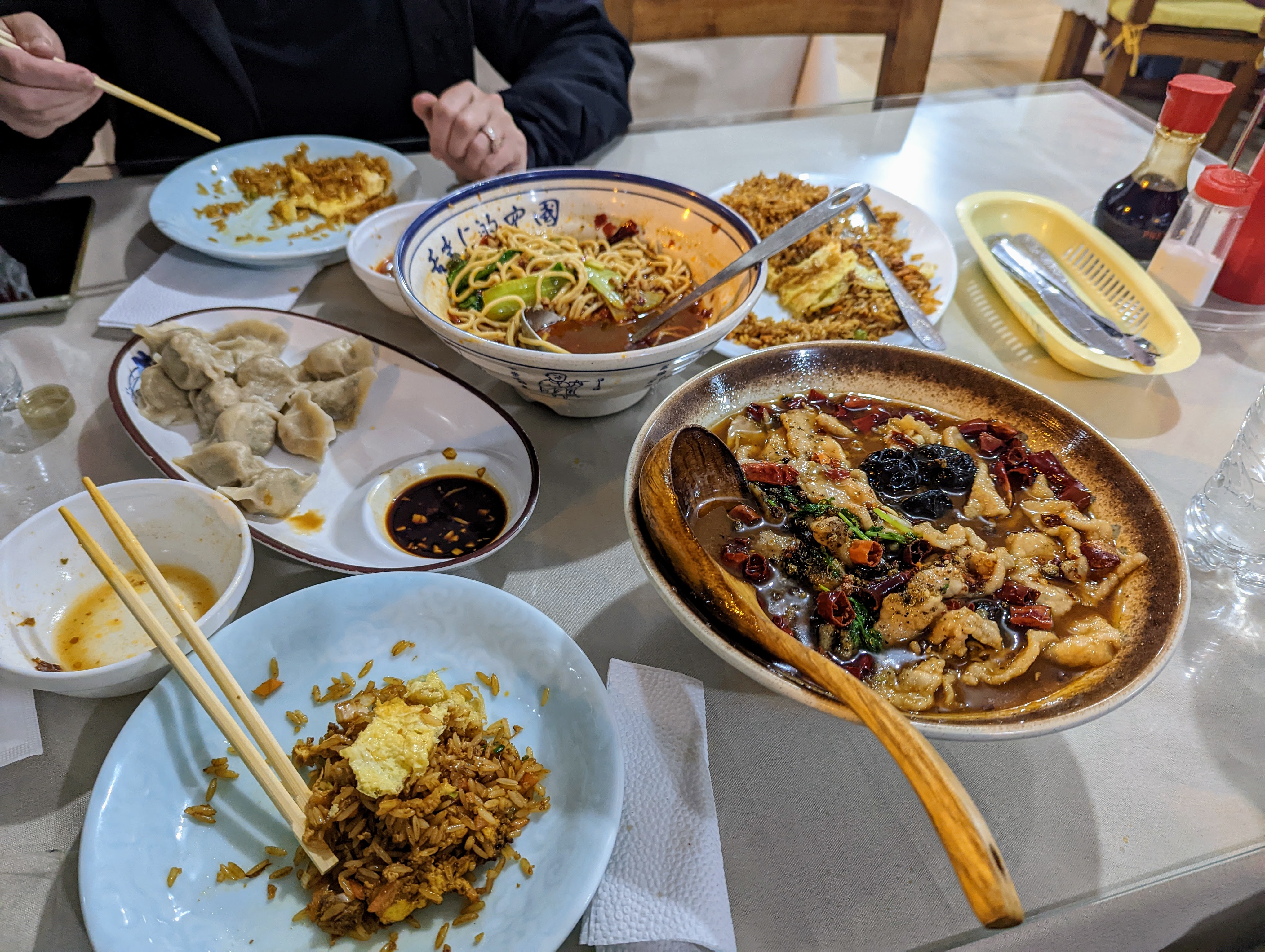
Delicious Sichuan food at Restaurante Harbin
We also discovered a pastry shop around the corner from our apartment called Cyril Boutique which made amazing french pastries, coffees and desserts. We might have gone back more than once for coffee and cakes.
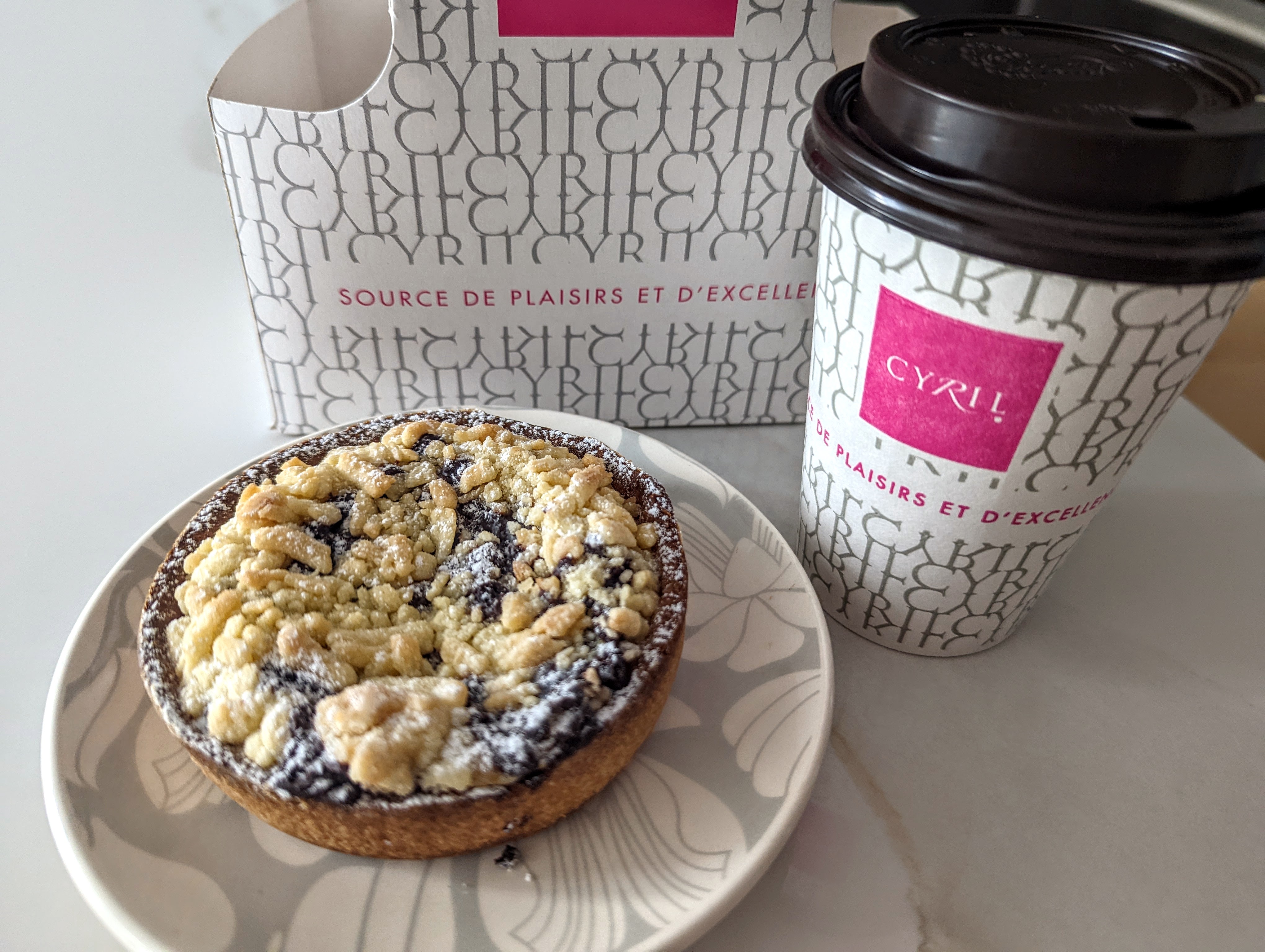
Coffee and cake from Cyril
We were feeling fairly fatigued from the altitude and not sleeping well, so for the next few days we mostly hung out at the apartment; Dylan working and me booking flights and accommodation for our next lot of travel adventures (Mexico, NYC and Canada in December and January). But we took the opportunity to wander around the historical centre during a lunch break to admire the well preserved colonial architecture. The historic centre of Quito is one of the best preserved and most important colonial centers in Latin America, and for that reason, it was declared a World Heritage Site by UNESCO in 1978.
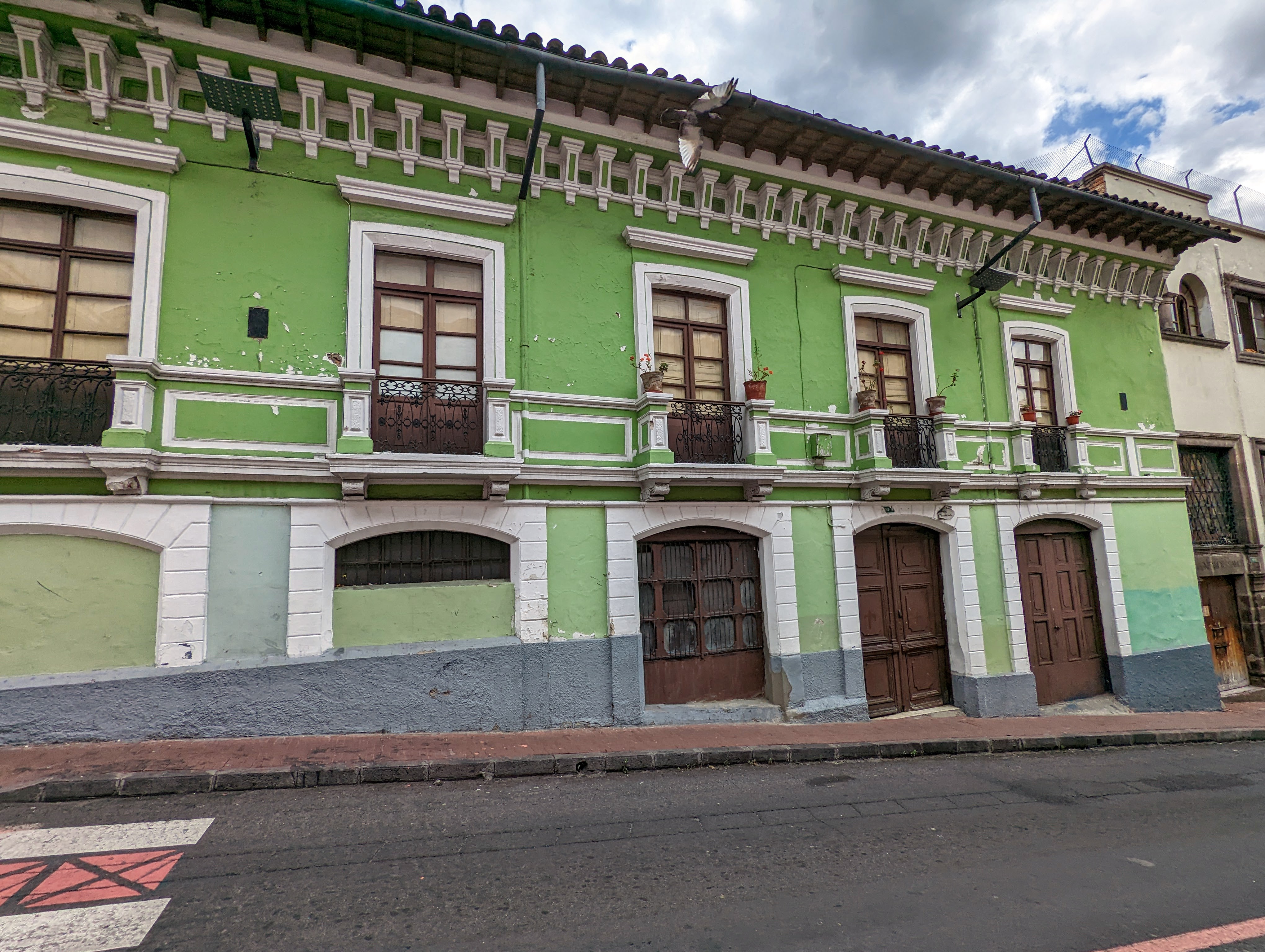
Wandering around the historic centre of Quito
We were fortunate to be able to have dinner with two of Dylan’s colleagues who live in Quito at a fabulous restaurant called Marcando El Camino, which served delicious share plates and good cocktails. We had a really fun night with them. We’re so fortunate to have these connections as we travel so we can meet with locals and have other people to spend time with, which allows an injection of unwilted conversation into the otherwise stale exchanges that inevitably arise when it is just the two of us for weeks on end.
On the day before our departure we took a private tour to the Mindo cloud forest, a beautiful type of evergreen forest characterised by ever-present cloud cover at the canopy. This cloud forest is known for its many bird species, butterflies and orchids found there and being a place where two of the most biologically diverse ecoregions in the world meet: the Chocoan lowlands and the Tropical Andes. Our tour guide picked us up early in the morning at our apartment and we drove towards Mindo, decreasing in elevation, to spend the day exploring the tropical rainforest and photographing birds.

Flame-faced Tanager
Many of the places where you can see the birds are on private reserves: large parts of forested land owned by locals, whose ownership protects it from the deforestation that might otherwise occur in the hands of government ownership. We told our guide that we most wanted to see hummingbirds and toucans and so he took us to three reserves where we would be most likely see those birds. At the first reserve, Alambi reserve, the owner had set up a few hummingbird feeders that we sat by for a long time with the camera, taking hundreds of shots, trying to capture these fast-moving birds in flight as they came and went from the feeders.
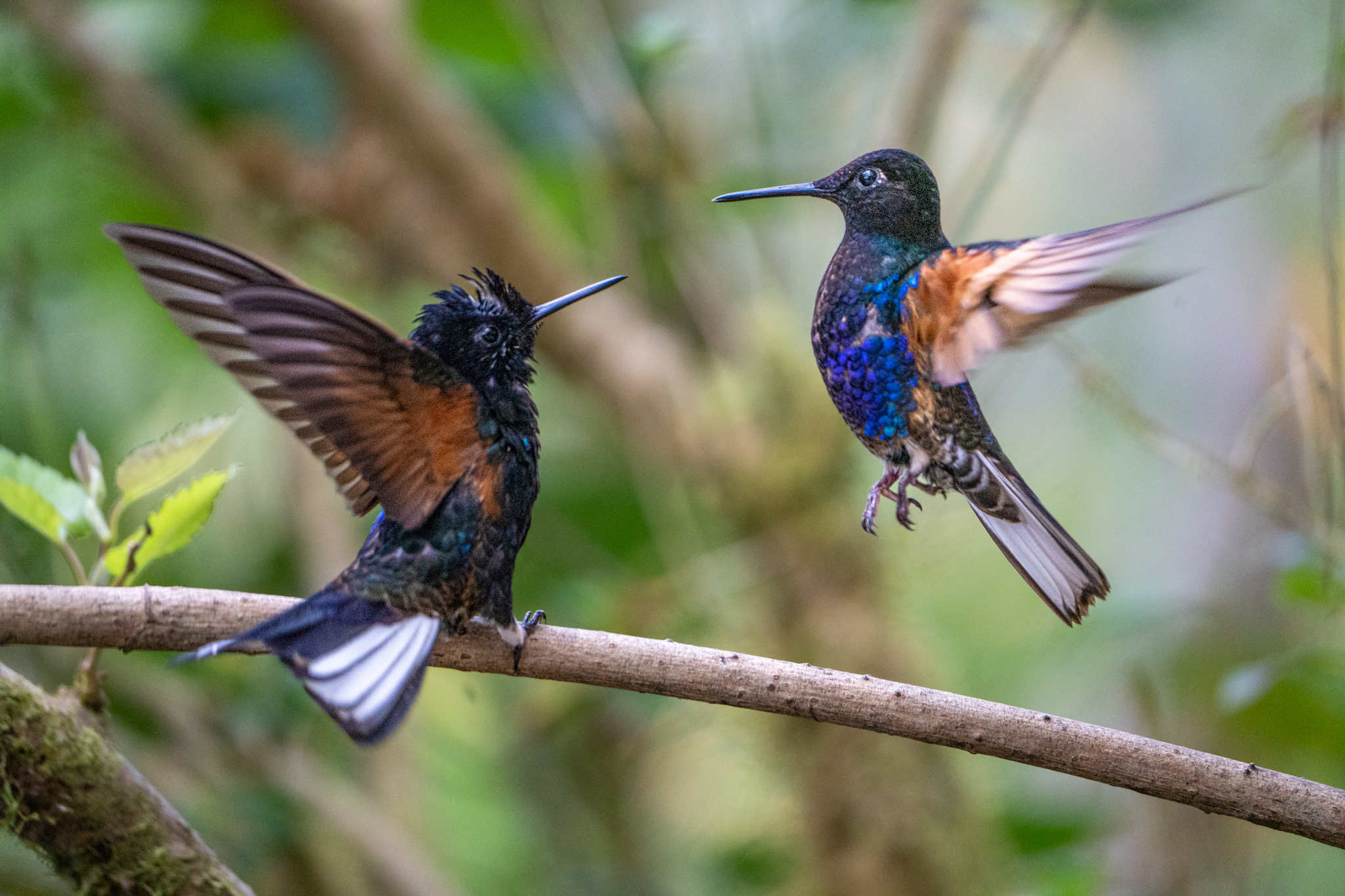
Velvet purple coronet hummingbird
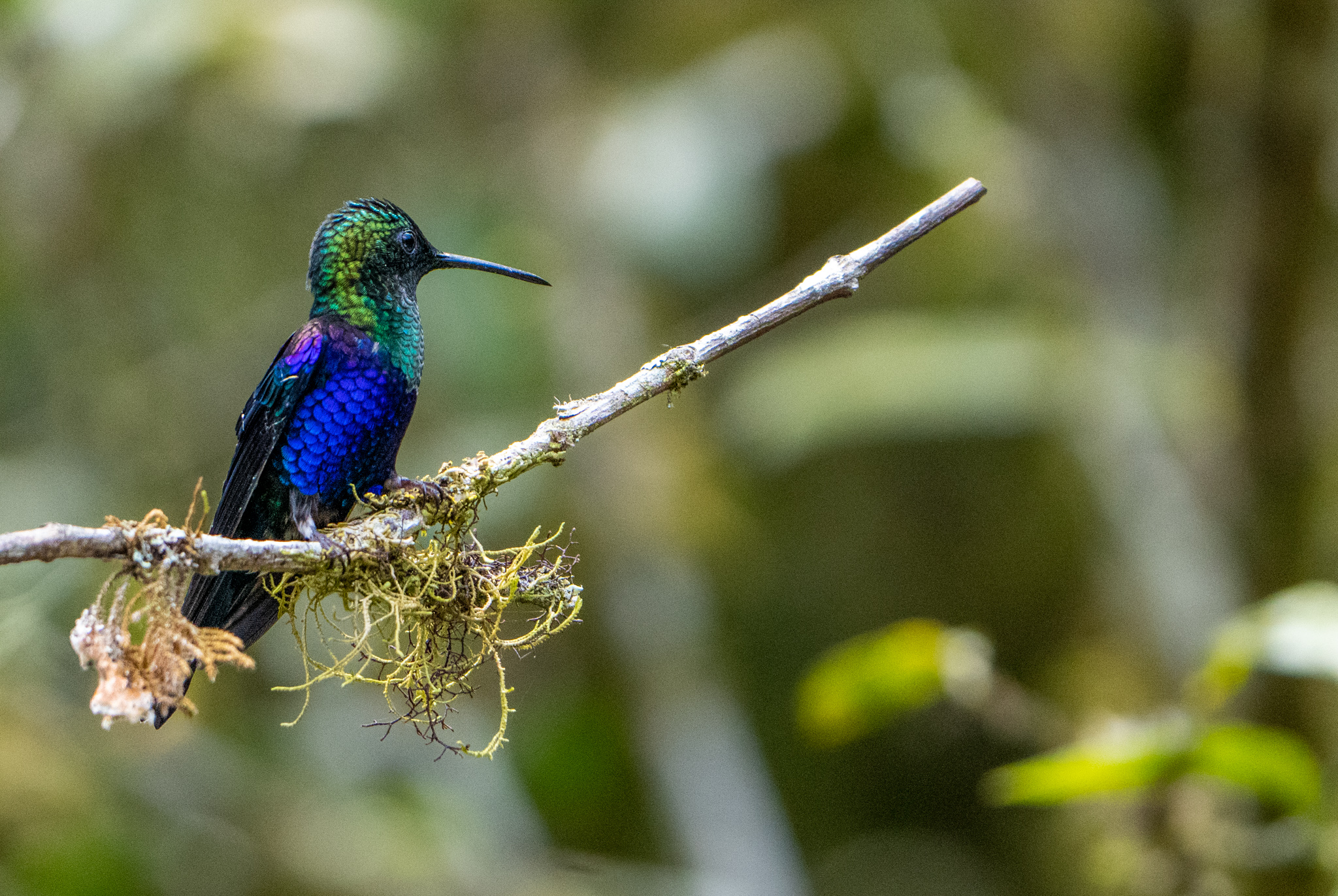
Crowned woodnymph hummingbird
They are incredibly fast, the vibration of their wings so rapid that you could feel the soundwave connect with your body as they zipped past. There were many species, and exquisite shades of iridescent feathers scintillating as the light caught their breast or tail.
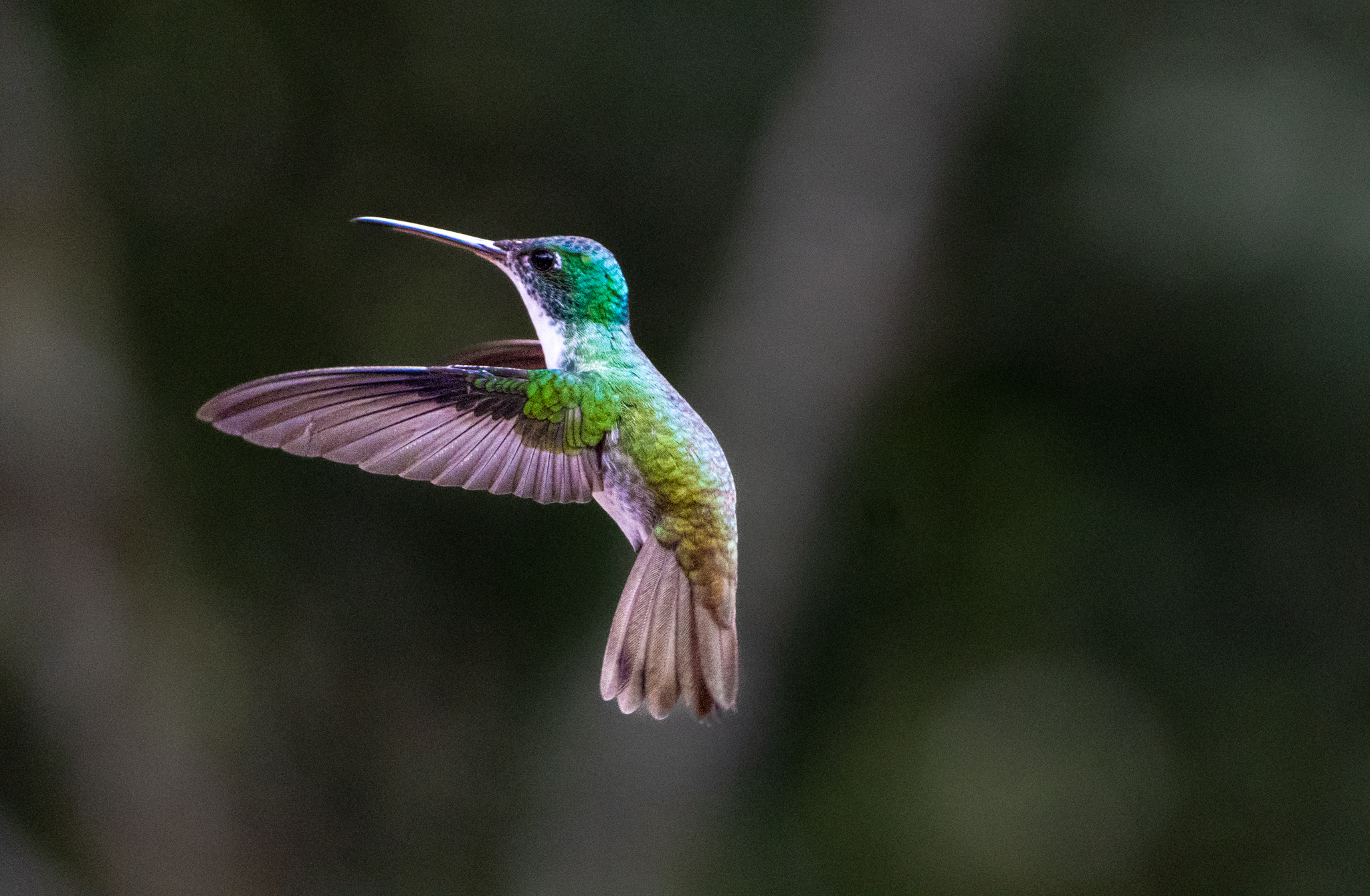
Andean emerald hummingbird
We were also determined to see toucans in the wild, especially after only seeing them in captivity in Costa Rica. At the second reserve, Balcón Tumpiki we saw the beautiful crimson-rumped toucanet and after much waiting, were also rewarded with a visit from the iconic plate-billed mountain toucan.
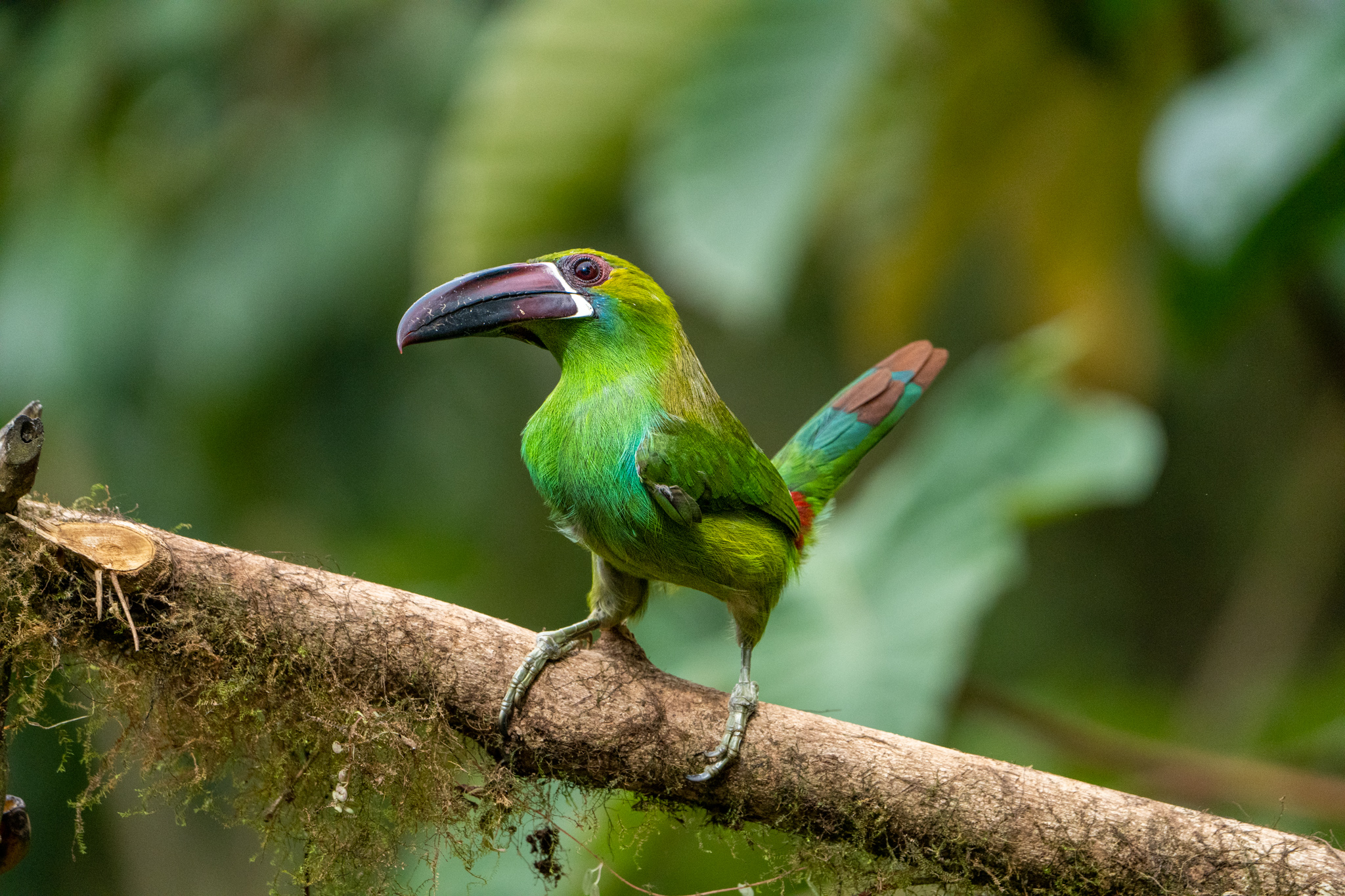
A crimson-rumped toucanet

A plate-billed mountain toucan
At the end of the day we went to our third reserve, which was an enormous property owned by a family. The son joined us to take us around his family’s land in search of elusive yellow-throated toucans that can be seen there. He explained the tension in his family, like that across much of forested South America, between the desire of those wanting to clear land for agriculture, like his parents, and those, like him, wanting to protect it for the native wildlife. In this case, the special toucans. We drove along unsealed roads for some time and came across a pair sitting high in a tree on the side of the road, but they disappeared quickly, scared off by the sound of the car. And so we continued deeper into the property on foot, walking through long grass, in relative silence, listening carefully for their call.

Wandering through the property looking for toucans
The owner knew his property well and he knew where we could find them and after 30 minutes of walking, they were there, sitting high in a tree, always two together; two monogamous lovers. They are shy and afraid of humans, so they didn’t linger long once aware of our presence. We didn’t manage to get a very good photo before they took fight, but seeing them in the wild was very special.
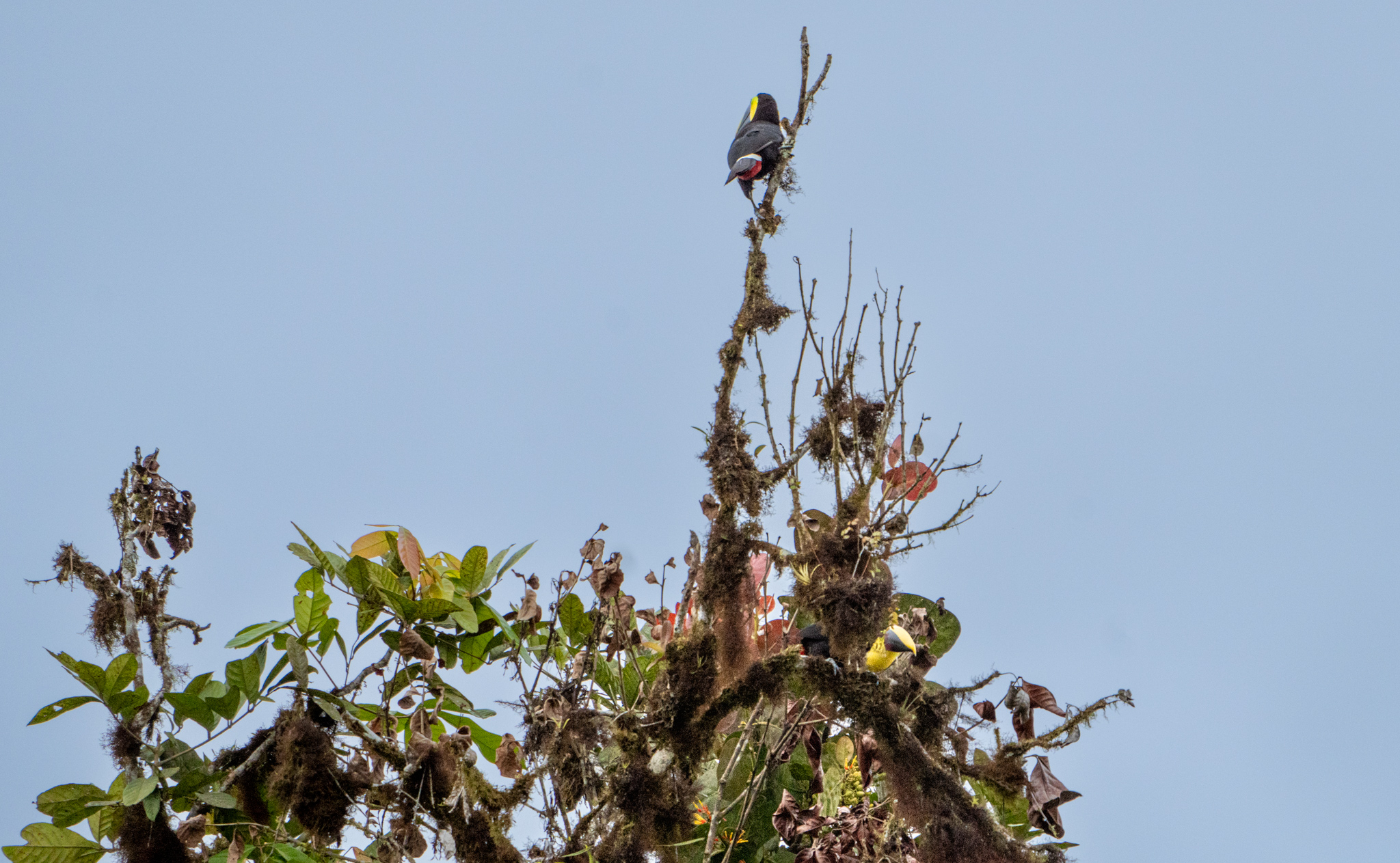
A pair of yellow-throated toucans in the tree
The next day we left Quito for the Galapagos, perhaps the most highly anticipated part of our three-month trip.